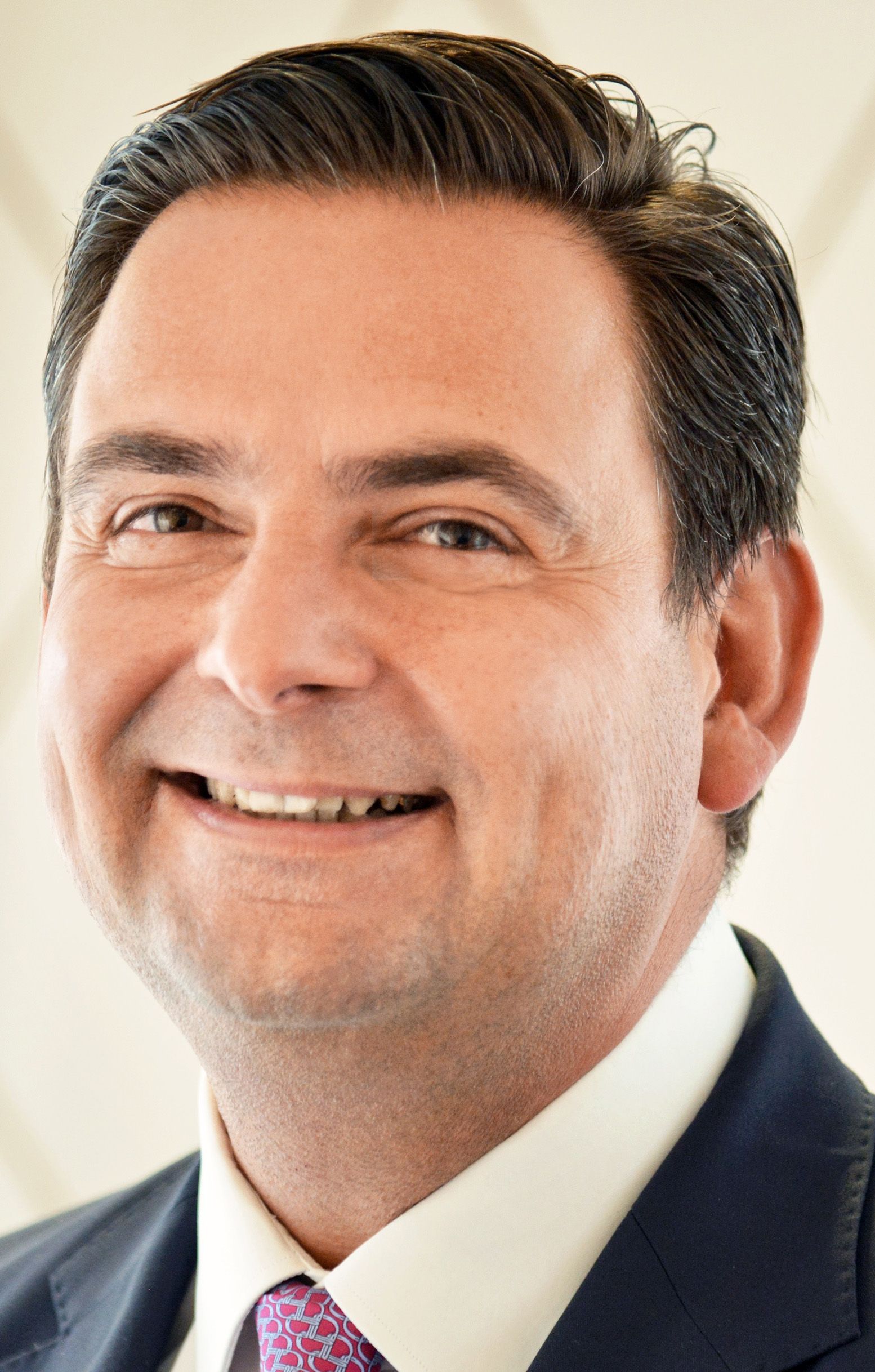Article
Match multifocal IOL to patient needs, preferences for best results
Author(s):
By Fred Gebhart;Reviewed by Detlev R.H. Breyer, MD
All multifocal intraocular lenses (IOLs) are not created equal.
Some multifocal IOLs use refractive optics and others use diffractive optics. Because the visual characteristics of the different types of optics are different, patients are likely to perceive that they have better vision with one type of lens over the other.

Dr. Breyer
Depending on their own visual needs and preferences, some patients will be happier with one type of IOL or the other.
“A lot of the problems with multifocal IOLs come down to proper product selection,” said Detlev R.H. Breyer, MD. “Every doctor should understand how multifocal IOLs work or know the default modes of different IOLs. It is important to know which IOL to use for which patient.”
Dr. Breyer, partner in Premium Eyes, a private practice in Dusseldorf, Germany, compared the performance of the Lentis Comfort MF15 (Oculentis), a refractive IOL, and the Tecnis Symfony (J&J Vision Care), a diffractive IOL.
Differences in lenses
The Comfort lens is a purely refractive lens with a high light transmission. It is rotationally asymmetric with a sector-shaped segment on the anterior surface providing +1.5 D for improved intermediate vision. Due to a transition zone between both segments, it can be considered an extended-depth-of-focus (EDOF) lens rather than a bifocal IOL.

Image1. Distance-corrected monocular defocus curves for Comfort lens and the Symfony lens. (Image courtesy of Detlev R.H. Breyer, MD)
The Symfony lens has a diffractive posterior surface that generates a continuous focus with an effective addition of about +1.78 D. Combining this diffractive posterior surface with a refractive anterior surface, the Symfony, a EDOF lens, provides reduced chromatic aberration leading to improved contrast sensitivity.
In many ways, the two lenses are comparable, Dr. Breyer noted. Measured clinical defocus curves for Comfort lens and Symfony lens are virtually identical, with no statistically significant (p < 0.05) differences between mean visual acuity values from 0.0 D to -2.5 D (see Image 1).
Measuring both IOLs on an optical bench, the modulation transfer function (MFT) focus through curves show similar characteristics. Symfony is somewhat better in the intermediate range, but it is difficult to translate optical bench values to clinical outcomes.
Similar safety outcomes
In actual use, the two lenses show similar safety outcomes. In a retrospective comparison of the Comfort lens (1,281 eyes) and the Symfony lens (53 eyes) outcomes with presurgical assessment and follow up out to 90 days after implantation, there were no eyes with a loss of two or more lines and no significant difference between mean corrected visual acuities.
The two lenses are also similar in terms of predictability, with no significant difference between the mean spherical equivalent.
Binocular uncorrected defocus curves after surgery are also similar. Both lenses have good multifocal capability. The Symfony lens shows slightly better visual acuity at intermediate distances and the Comfort lens is slightly better at far. Where the two lenses differ is photopsic phenomena, especially halo and glare.
Photopsia is a function of the different optical parameters in the two lenses, Dr. Breyer explained. Due to its higher intermediate addition, the Symfony lens allows users to read smaller print without glasses compared to the Comfort lens, but from experience, the Comfort lens produces less halos and glare.
“Patients have to make a choice of what is more important–being able to read small print without glasses or being without halos and glare,” Dr. Breyer said. “If you want to be on the safe side, the refractive IOL is less trouble for patients because they do have less halos and glare.
“But not every patient is afraid of halos and glare because they do not drive so much in the nighttime,” he added. “How happy the patient is with their lens depends very much on them choosing the right lens for their life and lifestyle.”
Right lens for right patient
The key to implanting multifocal lenses is matching the right lens to the right patient, he said. Too many ophthalmologists are not familiar enough with the optical differences between the two lens types to explain them. Others use technical language that may be correct but makes no sense to patients who are unfamiliar with optics.

Image 2. Halo and glare categories presented to the patient. (Image courtesy of Detlev R.H. Breyer, MD)
“We show our patients possible photopic phenomena and show the defocus curves of the different IOLs and let them make the choice,” Dr. Breyer said. “I ask about their jobs, their hobbies, their family life, how they like to read, and in what kind of setting. We use simulation software to show them just what halo and glare look like in four categories–none, mild, moderate, and severe (see Image 2). They know they will have to make a compromise and they know what the different compromises will look like after surgery.”
It is impossible to predict post implant photopsia precisely, Dr. Breyer added, but vision around age 30 can be a good guide. Patients who report no halos and glare while they were driving at night at age 30 will have mild halos and glare. Patients who had mild or moderate problems at age 30 are more likely to have severe halos and glare with a refractive IOL.
“Many of the problems with multifocal IOLs occur because too many doctors implant whatever IOL they just heard about,” Dr. Breyer said. “They do not realize they are free to implant the right multifocal IOL for the right patient. When we individualize the lens choice to the patient, we have much better results.”
Detlev R.H. Breyer, MD
e. empfang@breyerkaymak-augenchirurgie.de
This article was adapted from a presentation that Dr. Breyer delivered at the 2017 American Society for Cataract and Refractive Surgery meeting.
Newsletter
Don’t miss out—get Ophthalmology Times updates on the latest clinical advancements and expert interviews, straight to your inbox.





